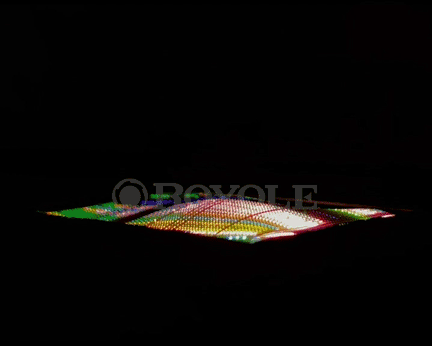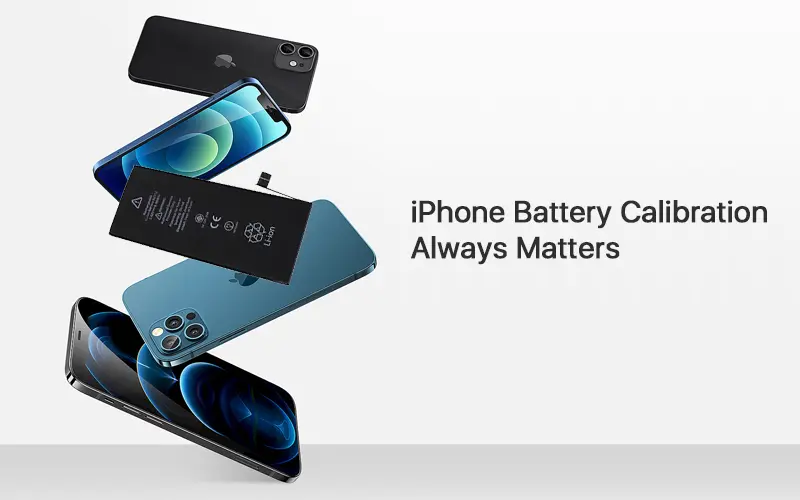
iPhone LCD Buyback Market Trends
Smartphone display technology has witnessed remarkable advancements in recent years, revolutionizing the way we interact with our mobile devices. This article serves as an introduction to the latest innovations in smartphone display technology, exploring the cutting-edge features and trends that are shaping the screens on our handheld companions.
Evolution of Smartphone Displays
To appreciate the latest advancements, let’s first take a brief look at the evolution of smartphone displays:

Flexible Display
Video Source: Royole.com
1. LCD Displays
Early smartphones featured LCD (Liquid Crystal Display) screens, which offered decent visual quality but were limited in terms of color reproduction and contrast.
2. OLED Displays
OLED (Organic Light-Emitting Diode) displays marked a significant shift. They provided deeper blacks, vibrant colors, and improved energy efficiency, making them a preferred choice for high-end smartphones.
3. AMOLED Displays
AMOLED (Active Matrix Organic Light-Emitting Diode) displays took OLED technology further by incorporating an active matrix for more precise control over individual pixels, resulting in sharper images and better power management.
4. Foldable Displays
Foldable displays, an emerging trend, allow smartphones to transform into tablets, providing users with larger screens without sacrificing portability.
The Latest Innovations
Now, let’s delve into the latest innovations in smartphone display technology:
1. Under-Display Cameras
One of the most exciting developments is the integration of under-display cameras. This technology allows front-facing cameras to hide beneath the screen, offering an unobstructed, bezel-less display.
2. High Refresh Rates
Smartphones now feature high refresh rate displays, commonly 90Hz or 120Hz, providing smoother scrolling and more responsive touch interactions.
3. HDR10+ and Dolby Vision
Support for HDR (High Dynamic Range) standards like HDR10+ and Dolby Vision enhances color accuracy and contrast, resulting in more lifelike visuals.
4. In-Display Fingerprint Sensors
Many smartphones now have in-display fingerprint sensors for secure and convenient authentication.
5. Advanced Biometrics
Facial recognition technology, including 3D facial mapping, offers secure and fast unlocking methods.
6. Dynamic AMOLED and LTPO Displays
Dynamic AMOLED and LTPO (Low-Temperature Polycrystalline Oxide) displays bring improved power efficiency, extending battery life without compromising on quality.
7. Quad HD+ and 4K Resolutions
Higher resolutions, such as Quad HD+ and 4K, deliver incredibly sharp and detailed visuals.
8. Always-On Displays
Always-on displays provide at-a-glance information without waking up the device, conserving power.
Future Trends
As smartphone display technology continues to evolve, several future trends are worth noting:
- Flexible Displays: Flexible OLED and AMOLED displays will enable more foldable and rollable smartphones, offering unique form factors.
- Micro LED: Micro LED technology promises even brighter displays with enhanced energy efficiency.
- Augmented Reality (AR) Displays: AR displays are expected to become more prevalent, enabling immersive experiences and applications.
- Holographic Displays: Advancements in holographic displays could bring 3D visuals to smartphones, enhancing gaming and content consumption.

In conclusion, the latest smartphone display technology represents a thrilling intersection of innovation and user experience. As manufacturers push the boundaries of what’s possible, we can anticipate even more remarkable advancements in the displays of our handheld devices. These innovations will not only transform how we interact with our smartphones but also open up new possibilities for entertainment, productivity, and communication.
As display technology rapidly advances, third-party iPhone display panel manufacturers will face more choices and challenges, yet also more opportunities.



